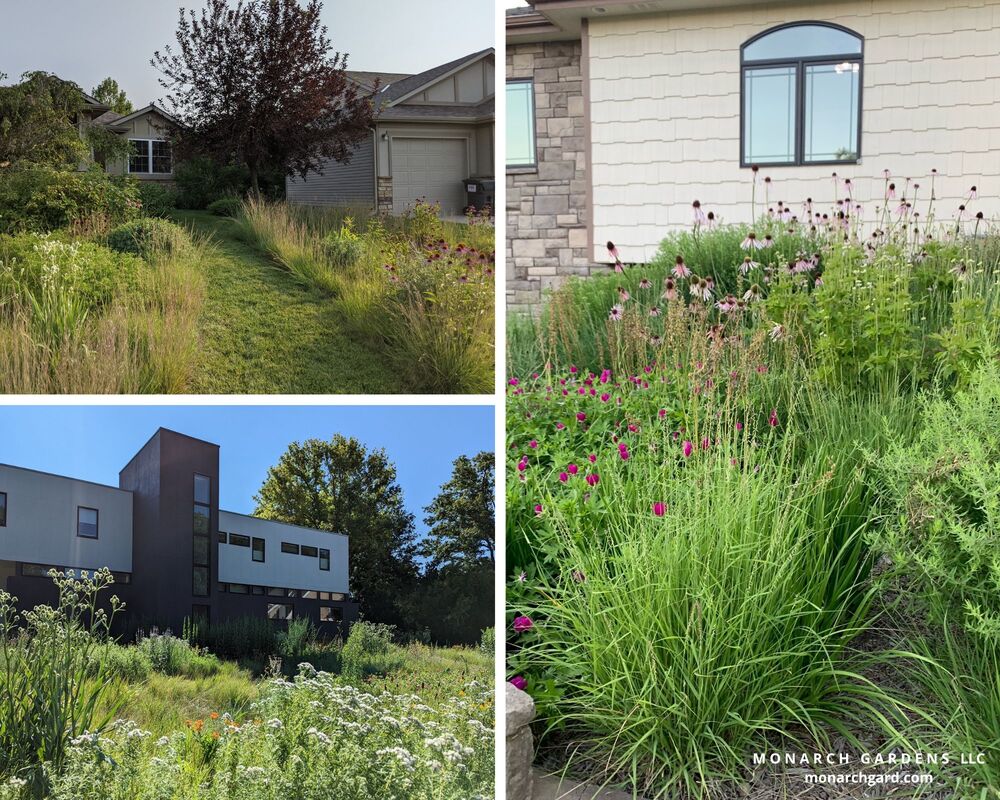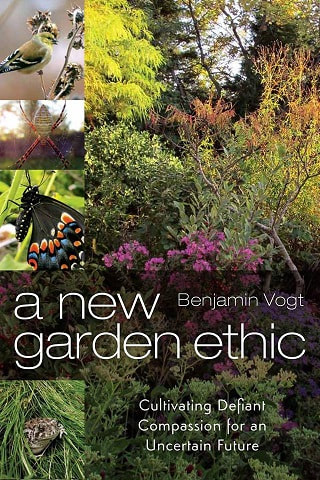The "No Mow May" movement continues to frustrate. Just letting your lawn go will not result in a lovely meadow that neighbors or wildlife will admire. If you're on an urban lot, chances are you won't be getting aster and indigo and prairie clover and coneflowers -- they aren't in the seed bank because your house was not recently built on top of a remnant prairie.
What you WILL get are a host of plants with marginal to little benefit to wildlife, and several that will be terribly aggressive: crabgrass, creeping charlie, barnyard grass. And of course invasive species placed on most city's noxious weed list, like musk thistle or garlic mustard.
There's little chance a neighbor will look at your "let go" lawn and think wow, that's cool, I want that, I understand it. There's every chance they will rightfully report you to weed control -- especially if you're not actively managing the space or designing it in some way, particularly with cues to care or making some sort of significant plant additions. It's better to design the space, to choose the plant communities that will work together AND support wildlife. Well, read some perspectives by pollinator specialists.
You want to help the environment, pollute less, use less resources, and create resilient habitat that's pleasing to both wildlife and people -- and often that means rethinking lawn and lawn-type spaces entirely. But what happens when you let your lawn go or stop mowing?
- It's going to look weedy fast. Without design intention your neighbors will be less apt to get on board.
- Invasive species may establish. What's in the weed seed bank? You don't know. Could be some native plants -- likely aggressive seeders -- definitely going to be aggressive exotics.
- Woody plants will move in. Without constant management tree seedlings will start to grow. This could be an issue if you live on a small lot or in an area where forests aren't a habitat type. One female red cedar tree put out 1 million seeds.
The point of this post is not to push you to some hyperbole, like "well then what should we do, slather the lawn in chemicals?" It's to get you to think intentionally about your space -- from design to succession, to what you ideally want to happen and to the big leaps your neighbors will have to make when you break from the status quo.
Do you need lawn? Do you need a lawn-type space? Why? How do you use your landscape? How do you want to use it differently? What's the purpose of 4-8" tall plantings -- because at that height there are far, far fewer ecosystem services than with plants 12-30" tall (the height at which we design front yard lawn-to-meadow conversions).
Over the years much has been shared on this website about designing a landscape -- from plant selection (sociability and size) to plant succession over time. When you let your lawn go or stop mowing, there's seldom a plan that takes into consideration management or neighbors, let alone why you need clipped plants in the first place. So if you let your lawn go, think hard about a management plan that takes into consideration your ecoregion and lot size, as well as your environmental and community goals.
If we're not working smartly with a plan and a management / design goal, then we're just being lazy and ideologically polarizing for no reason. That's not helpful or neighborly. Now, I'm all for reducing mowing. And certainly for doing so in larger expanses, like business parks and city parks and golf course edges, because we have a lawn pandemic going on right now.
As for anyone who argues "baby steps," well adults should be taking adult steps -- similarly full of big dreams, big hopes, big risks, and big faith. Prairie up. Rethink pretty.



 RSS Feed
RSS Feed

